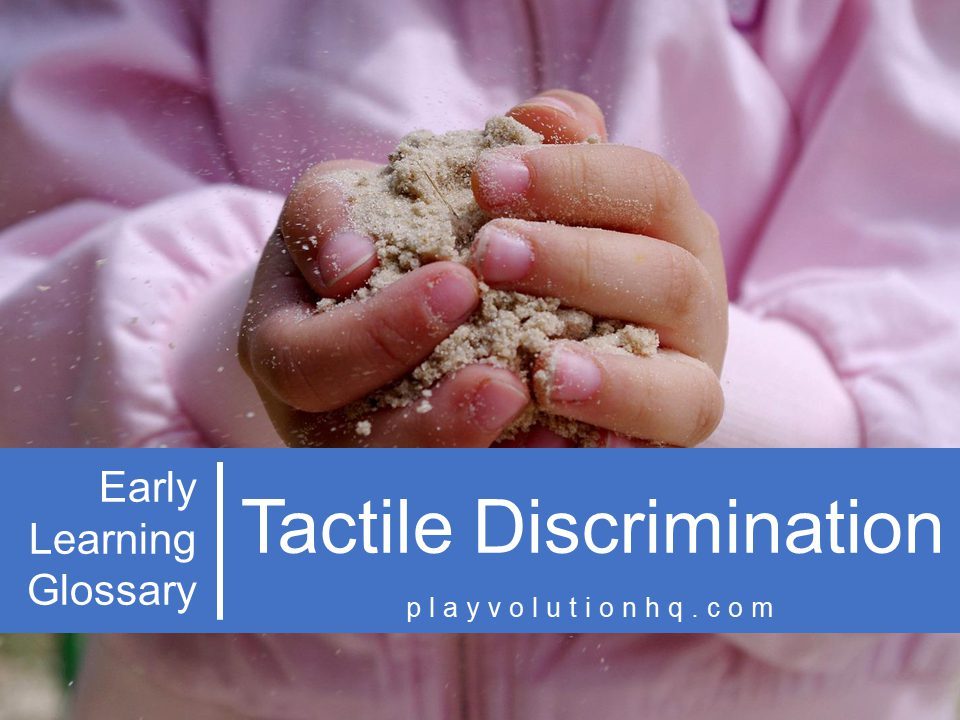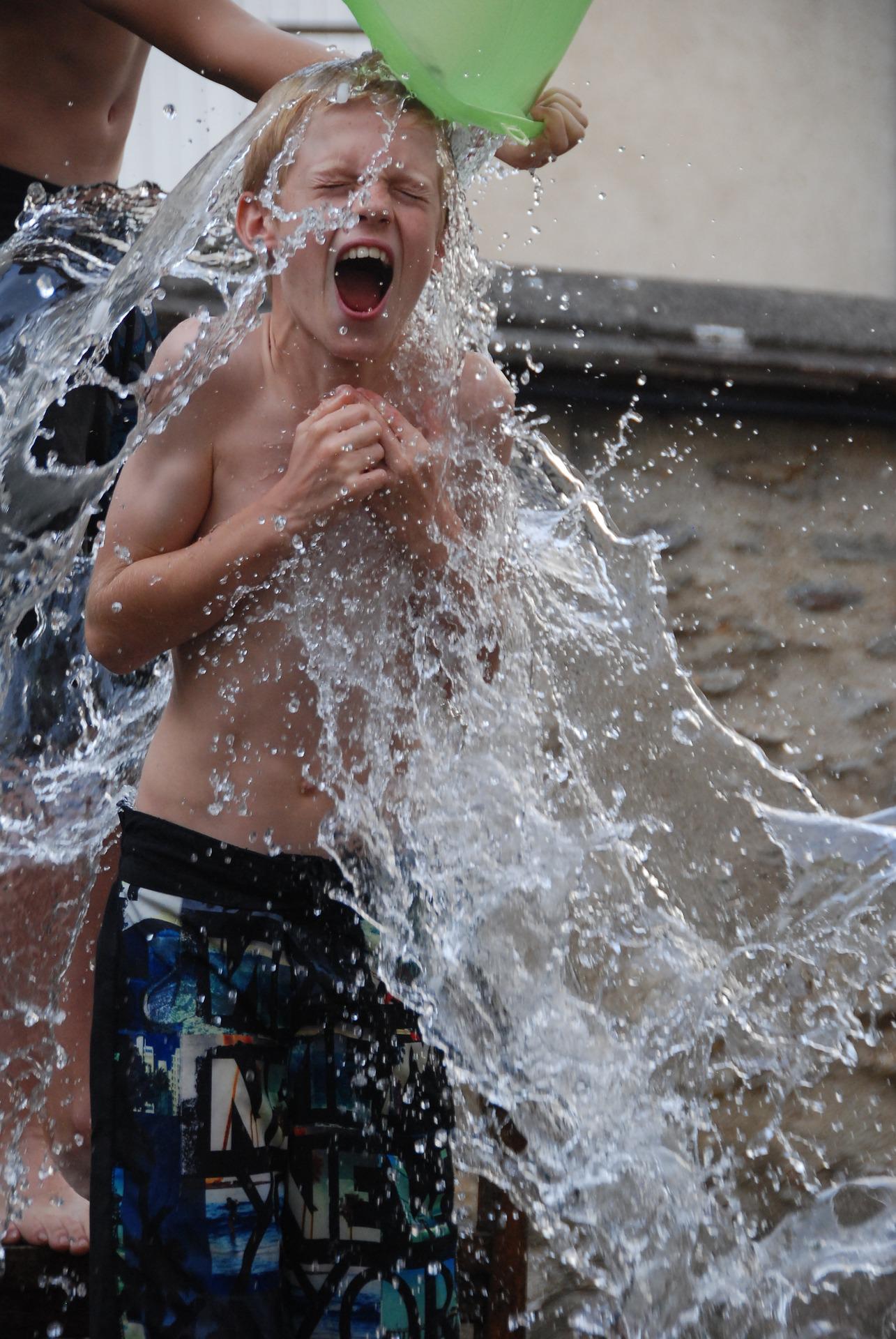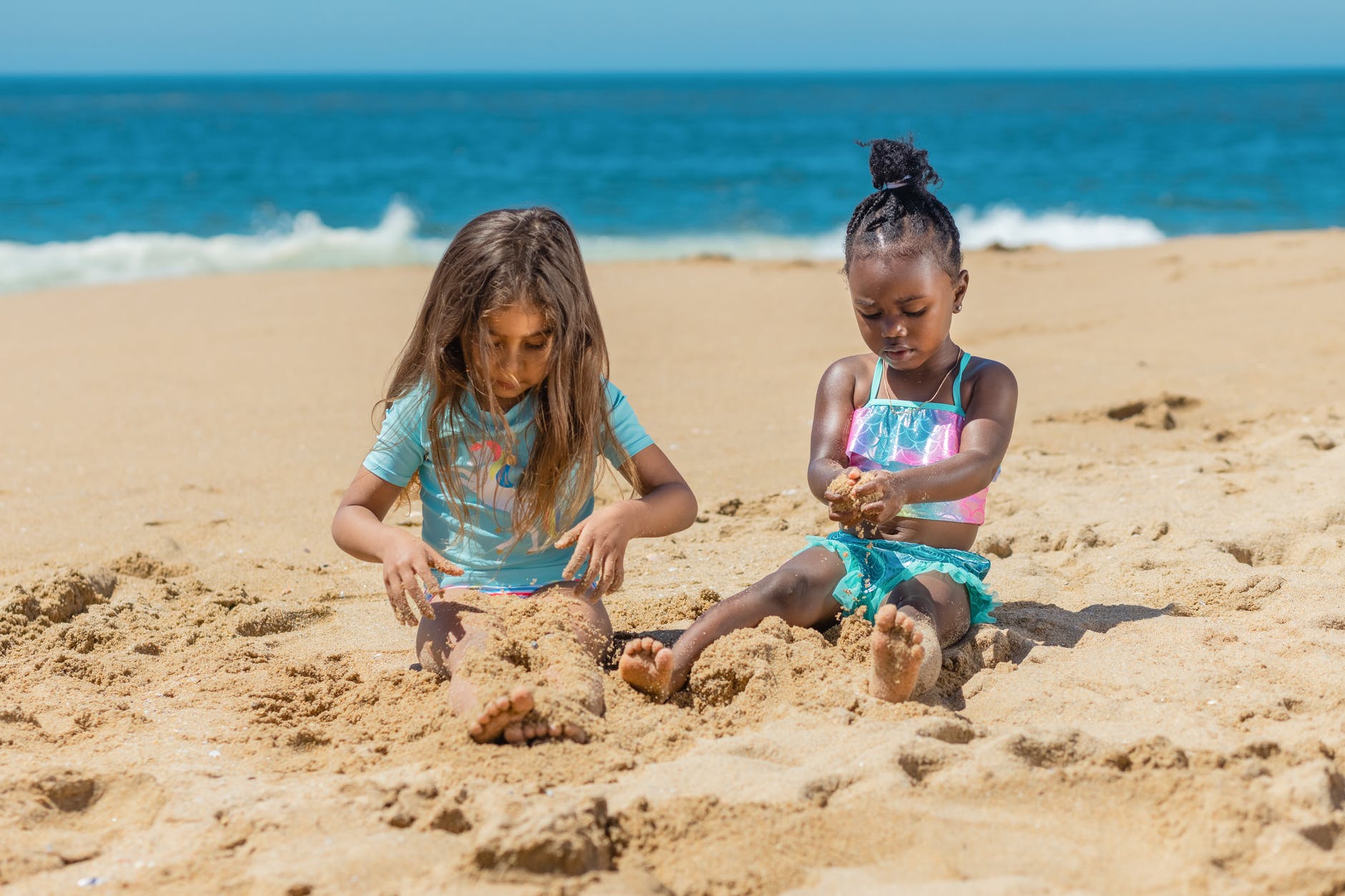
Table of Contents
Tactile Discrimination is the ability to discern information via the sense of touch. This is such a familiar place activity, that we may not give it much thought. For example, while nearly asleep at 3:17am you can locate your phone, orient it correctly, and activate the screen to see that it is indeed 3:17am–all with your sense of touch. You can pick up a donut and tell by how it feels in your hand, whether it is fresh or a day or two old. You can reach into your pocket, grab your keys, and tell the difference between the car and house keys.
Discerning information by touch is a skill that must be developed–you’re not born able to expertly extract the remote control from between the couch cushions and launch Netflix without looking. That’s a skill that must be developed.
According to sensorybeginings.com:
Tactile discrimination is about our somatosensory cortex receiving and processing detailed tactile information, together with proprioceptive information, and integrating it with other detailed sensory information from vision, auditory etc to build neuronal connections and create libraries of malleable memory maps of the world around us. These memory maps are ‘experience-dependent’ we have to explore the world to build the library.
We humans build tactile discrimination skills through day-to-day HANDS-ON interaction with the world. See how the last sentence capitalizes, bolds, and italicizes hands-on? That means it’s important. And by hands-on, I mean hands, feet, mouths, and skin. The youngest children do much tactile exploring with their lips and tongues. No big surprise, kids need to touch lots of different stuff repeatedly to develop their sensory system.
Two Types Of Touch Perception
Touch consists of tactile perception and haptic perception.
Tactile perception is a passive experience where the skin makes contact with something. Imagine three-year-old Dagmar on the beach with her family as the sun sets. A cool breeze brushes her back, warm waves lap at her toes, thousands of sand particles scrape between her fingers and toes.
Haptic perception is intentional and requires active exploration and manipulation with the sense of touch. It involves tactile perception, but also calls upon information from the proprioceptive system to explore an object’s shape, size, texture, weight, consistency, and temperature.
Imagine Dagmar discovering a 3-inch-long conch shell on the beach. She touches it with her toes, picks it up, and runs her fingers across its contours. She passes it from hand to hand–maybe touches it to her cheek and/or lips. Then she bravely sticks her left index finger into the shell and squeals in delight as several squiggly legs return her touch.
Tactile discrimination involves both tactile and haptic perception. Tactile perception refers to the sense of touch processed through skin receptors. In contrast, haptic perception involves the broader understanding of objects and spatial properties through active touch and movement, integrating tactile input with motor feedback.
Helping Children Hone Tactile Discrimination Skills
So, if young Sebastian is ever going to learn how to find his remote without looking or manipulate his phone in the dark, he needs to explore the world and build those memory maps. Sensory integration is essential since it plays a significant role in daily life.
Luckily, humans are built to develop this sensory system and wire our brains to interpret the information collected. For most kids, there’s no need for tactile discrimination lessons. They need to play, explore, and engage with the world the way human children have done for as long as there have been human children.
Note: This full contact engagement with the world can get messy, but the developmental benefits are worth it.








Contribute content to Playvolution HQ
Brought to you by Explorations Early Learning
Thoughts On This Entry?
I’d love to hear your thoughts on improving this entry and suggestions for additional glossary additions in the comments below. You can also contact me with comments or concerns.
Browse Trainings
Post Author
Jeff Johnson is an early learning trainer, podcaster, and author who founded Explorations Early Learning, Playvolution HQ, and Play Haven.


Leave a Reply